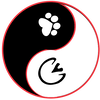Driving Radio show episode 106 July 17, 2013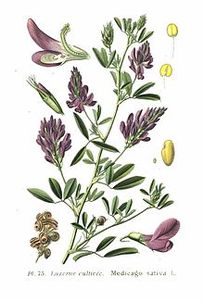 You rescue a starving pony and the first thing you want to do is feed him all the grain, apples and carrots he will eat right ? Well that is very well meaning but can be life threatening for your new little pal because of re-feeding syndrome which is a metabolic crash when the body is introduced to carbohydrates again. (metabolism geeks - see box below) So before your neighbor calls the humane society on you, how do you know if your pony is actually starving or just skinny ? Ask yourself these 3 questions. 1. Is he a body condition score of less than 3 ? 2. Has he eaten any food in the last 5 days ? 3. Has he lost more than 15 % of his body weight within 2 months or less ? If you answered yes to any of these, call your vet, resist temptation to deworm and vaccinate for 2 weeks, get some probiotics and follow the rule "go low and slow ". Low sugar and carbohydrates and multiple small meals throughout the day gradually building up to free choice food over 14 days. Feed a high protein low carb food, like Alfalfa and make sure he has access to fresh, clean water and salt. Day 1-3 Feed 1 lb (1/4 flake) of alfalfa hay every 4 hours. Day 4-7 4 lb about (1 flake) and decrease the frequency of feeding to every 8 hours Day 7-14 Continue feeding at this rate while slowly increasing the amount and decreasing the frequency until the horse is receiving all the hay it wants in a day. If feeding grass hay, feed 2x the amount at the same rate. At the end of 2 weeks you can introduce grain. Choose something with high fat, high fiber, low starch, low sugar. Senior feed is best as it is nutrient dense, high fat and easy to chew. Feed ½ pound of concentrate twice a day then increase grain by ½ pound a day every 3 days until the horse is being fed ½ to 1 pounds of grain per 100 pounds body weight per day in 2 feedings. So a 500 lb pony will be eating 5 pounds of senior feed per day. A safe rate of weight gain is about 1 lb per day. Make sure to have your vet or a friend who does not see your pony every day asses your progress. At the end of 2 weeks you can now work on his other problems which may include any and all of the following :
Choose one problem at a time to work on as you peel the layers of the onion away on your road to recovery. Start with parasites and just assume this pony has never seen any dewormer in his life and is full of worms. On day 14, give ½ dose of one of the paste dewormers containing one of the Here again, resist the "more is better " approach and buying the best dewormer there is that kills everything. Intestinal parasites in horses live in various stages in the body. Some are imbedded in the tissues, some are living in the gut lumen and some are eggs on their way out to infest your pastures. You want to start with fenbendazole (Panacur or Safe-guard) which is a mild dewormer because it only kills the adults in the lumen of the intestines. Killing all the larva lurking in the tissues can lead to an inflammatory reaction in the gut leading to colic and laminitis. Day 14 - 1/2 dose of Panacur Day 21 - 1/2 dose of Panacur Day 28 - full dose of Panacur Day 42 - 1/2 dose of Ivermectin Day 56 - Power Pac - 5 day treatment of Panacur then continue on a maintenance deworming schedule The theory behind this schedule is to kill off the parasites in the gut and then wait a week to let some larva emerge, kill off the next round and treat again so you are treating the wave of emerging parasites. The Ivermectin kills bots (fly larve in the stomach) and thread and neck worms that cause inflammation in the skin and eyes. The 5 day power pack kills the rest of the larva (encysted strongyles) which hopefully by now are down to a reasonable number and will not cause an inflammatory reaction. Of course this is a general guideline so consult with your veterinarian so you can decide whether your pony is ready for this treatment. Some things to consider : Dos
Don'ts
Re-feeding syndrome - occurs when a starved horse is fed too quickly during his rehabilitation. During the period of starvation, the body goes into a state of ketosis and uses fats for its main source of energy because it doesn’t have carbohydrates. Ketosis changes the electrolyte balance in the cells and depletes the body’s stores of essential minerals like phosphate, potassium and magnesium. Because the animal is not eating, he can not replenish these stores. If carbohydrates are introduced too quickly, the body releases large amounts of insulin to process the carbs. Carb metabolism requires large amounts of phosphate, potassium and magnesium but because the starved animal is running on empty already, he suffers symptoms related to electrolyte depletion like heart palpitations, respiratory distress, paralysis, organ failure, confusion, and weakness. This occurs in all mammals but in horses some of the consequences can also include laminitis (founder) and rhabdomyolysis (tying up).
This condition was first fully understood in people in 1950 when prisoner of war veterans who were malnourished in captivity were released back to the American military and is a common consequence in anorexic patients. Comments are closed.
|
�
Dr. WendyPractices Traditional Chinese Veterinary Medicine in Sarasota, Florida Categories
All
Archives
December 2023
|
|

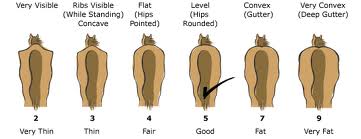

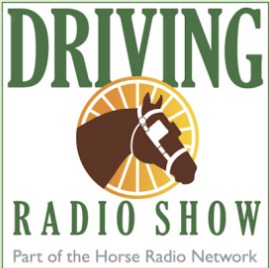
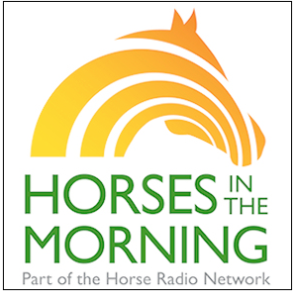
 RSS Feed
RSS Feed

